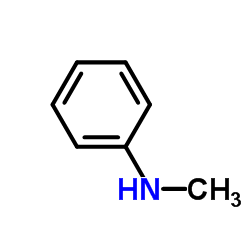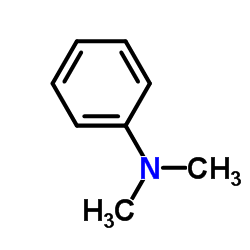| Structure | Name/CAS No. | Articles |
|---|---|---|
 |
N-Methylaniline
CAS:100-61-8 |
|
 |
N,N-Dimethylaniline
CAS:121-69-7 |